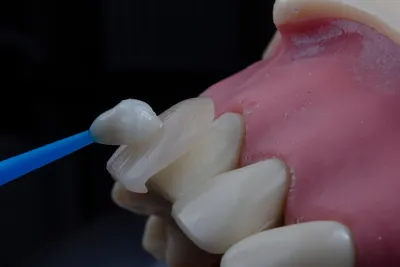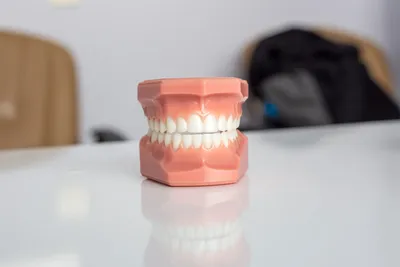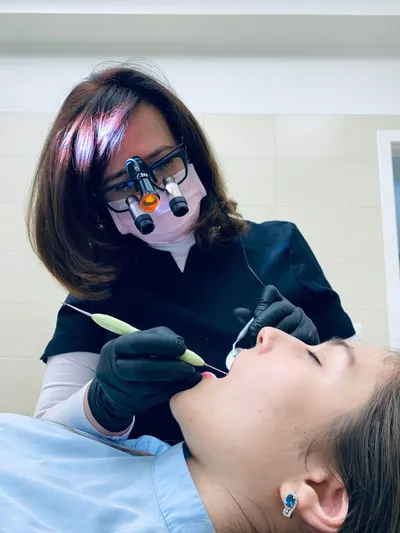
Understanding Gum Disease
Gum disease, also known as periodontal disease, is a common dental issue that affects many individuals worldwide. It ranges from simple gum inflammation to serious disease that results in major damage to the soft tissue and bone that support the teeth. Understanding the stages of gum disease is essential for prevention and management.
Stages of Gum Disease
- Gingivitis: The earliest stage of gum disease, characterized by inflammation of the gums. It is often caused by plaque buildup around the teeth. Symptoms include redness, swelling, and bleeding gums.
- Periodontitis: If left untreated, gingivitis can progress to periodontitis. This stage involves the gums pulling away from the teeth, forming pockets that can become infected. The body's immune response and bacterial toxins can start to break down the bone and connective tissue.
Tips for Preventing Gum Disease
Maintain Proper Oral Hygiene
Good oral hygiene is the cornerstone of gum disease prevention. This includes:
- Brushing twice a day: Use a soft-bristled toothbrush and fluoride toothpaste to brush your teeth for at least two minutes, ensuring you reach all surfaces of your teeth.
- Flossing daily: Flossing helps remove food particles and plaque from between the teeth and under the gumline where a toothbrush can't reach.
- Using mouthwash: Antimicrobial mouthwashes can help reduce bacteria in the mouth, freshen breath, and help prevent gum disease.
Regular Dental Check-ups
Visiting your dentist regularly for check-ups and cleanings is vital. Professional cleanings can remove tartar that brushing and flossing miss, and your dentist can detect early signs of gum disease.
Healthy Diet and Lifestyle
What you eat also affects your gum health. A balanced diet rich in vitamins and minerals can promote healthy gums. Avoid excessive sugar intake, which can lead to plaque formation.
Additionally, avoid smoking or using tobacco products. Tobacco use is a significant risk factor for the development of gum disease.
Recognizing Early Signs
Early detection is crucial for the treatment and management of gum disease. Be on the lookout for these common signs:
- Persistent bad breath
- Red or swollen gums
- Bleeding gums, especially when brushing or flossing
- Painful chewing
- Loose teeth
- Sensitive teeth
- Receding gums
If you notice any of these symptoms, contact your dentist promptly for an evaluation and proper treatment.
Conclusion
Preventing gum disease involves a combination of proper oral hygiene, regular dental visits, and a healthy lifestyle. By following these tips, you can maintain healthier gums and a brighter smile.
Top Dental Health Articles
Discover our most popular dental health articles, featuring expert advice that our readers rely on.



